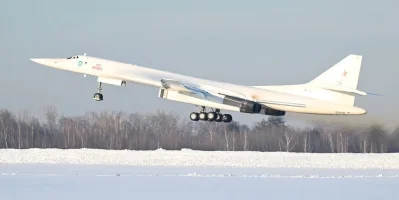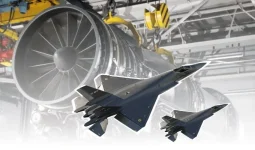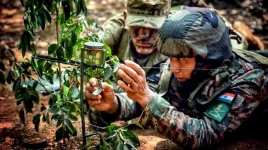- Views: 5K
- Replies: 45
In a strategic move to preserve its long-standing defence relationship with India, Russia has reportedly made unprecedented offers of its most advanced military technology.
These proposals come as India actively diversifies its arms imports and promotes its domestic manufacturing goals through the “Make in India” and “Atmanirbhar Bharat” initiatives.
For decades, the Indian military has been heavily reliant on Russian equipment, with over 60% of its arsenal, including platforms like the Su-30MKI fighter jets, T-90 main battle tanks, and Kilo-class submarines, having Russian origins.
The jointly developed BrahMos supersonic cruise missile stands as a testament to this deep-rooted partnership. However, New Delhi's strategic calculus is evolving due to changing geopolitical dynamics and a focused push for self-sufficiency.
Concerns over potential supply chain disruptions following the Russia-Ukraine conflict and the risk of international sanctions have accelerated India's efforts to diversify its defence procurement.
This strategic shift is evident in India's growing partnerships with nations such as the United States, France, and Israel, and significant investments in indigenous platforms like the Tejas light combat aircraft.
A recent deal with Germany’s ThyssenKrupp Marine Systems for the construction of six advanced submarines further underscores India's intent to reduce its dependency on a single supplier.
In response to these developments, Moscow is reportedly willing to provide not just equipment, but also deep technological collaboration on niche and previously restricted systems.
The offers are designed to align with India’s modernization objectives and maintain Russia's position as a key partner in India's defence landscape.
Highlights of Russia's Advanced Offerings:
- Su-57E Stealth Fighter: Russia's United Aircraft Corporation has proposed the joint production of its fifth-generation stealth fighter, the Su-57E. The offer reportedly includes full technology transfer and source codes, allowing India to integrate its own avionics and weapon systems. Local manufacturing would be handled by Hindustan Aeronautics Limited (HAL), providing a significant boost to indigenous capabilities until India's own Advanced Medium Combat Aircraft (AMCA) is ready.
- Tu-160 Strategic Bomber: In a significant potential upgrade to India’s power projection, Russia has indicated a willingness to discuss the Tu-160 "Blackjack." This supersonic, long-range strategic bomber would provide India with a capability that is currently not available from its Western partners.
- S-500 'Prometheus' Air Defence System: Following India's acquisition of the S-400 Triumf, Russia has proposed the next-generation S-500 system. The 'Prometheus' is designed to intercept intercontinental ballistic missiles (ICBMs), hypersonic cruise missiles, and even satellites in low earth orbit, offering a substantial leap in air defence capabilities.
- Upgraded Submarine Fleet: Moscow has offered to refurbish six of India's existing Kilo-class (Sindhughosh-class) submarines and arm them with the advanced Kalibr cruise missile, which has a strike range of up to 2,000 kilometres. Furthermore, Russia is set to lease a second Akula-class nuclear-powered attack submarine, which would also be equipped with the Kalibr missile, bolstering India’s underwater deterrence in the Indo-Pacific region.
The threat of sanctions under the U.S. Countering America's Adversaries Through Sanctions Act (CAATSA) remains a factor in any major defence deal with Russia.
Furthermore, questions regarding the reliability of delivery schedules amid Russia’s ongoing military commitments and the cost-effectiveness of upgrading ageing platforms like the Kilo-class submarines must be weighed against competing domestic priorities.
Ultimately, India’s decision will involve a careful balancing act between nurturing a time-tested defence relationship with Russia and pursuing its strategic goals of diversification, self-reliance, and managing its multi-aligned foreign policy in an increasingly complex global environment.



